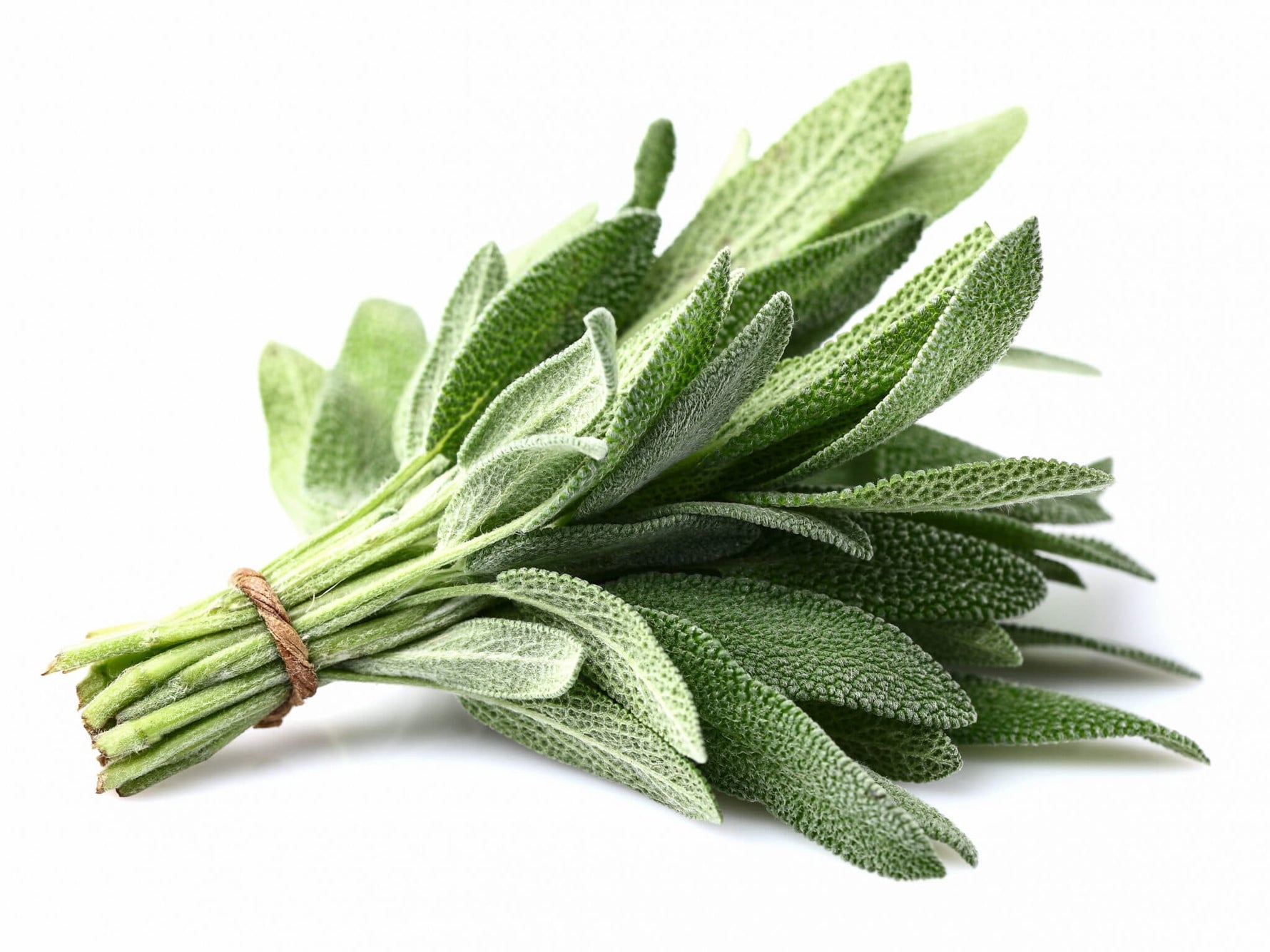
Dhara Seeds
Sage Seeds
Estimated delivery between April 16 and April 19.
Sage (Salvia officinalis) is a popular, aromatic herb known for its distinct flavor and culinary uses. Whether you’re an experienced gardener or just starting out, these Sow Right Seeds - Sage Seeds offer the perfect opportunity to grow your own heirloom, non-GMO sage plants. This versatile herb is an essential addition to any indoor or outdoor kitchen herb garden, offering fragrant leaves that enhance many dishes, from meats to sauces. Not only is sage beneficial in the kitchen, but it also attracts beneficial pollinators like bees and butterflies.
Product Overview
- Product Name: Sage Seeds for Planting
- Common Name: Sage
- Scientific Name: Salvia officinalis
- Seed Quantity: 1 packet (varies by weight, typically 100+ seeds)
- Uses: Culinary seasoning, pollinator-friendly, ornamental
- Non-GMO: Yes
- Heirloom: Yes
- Growing Instructions: Includes step-by-step instructions for planting and care
- Pollinator Benefits: Attracts bees, butterflies, and other beneficial insects
Growing Conditions
Light Requirements:
- Full Sun to Partial Shade: Sage thrives in full sun (at least 6 hours of direct sunlight per day). It can tolerate light partial shade, but for optimal flavor and growth, it should receive plenty of sunlight.
Soil Preferences:
- Well-Drained, Slightly Alkaline Soil: Sage prefers well-drained soil with a slightly alkaline pH (around 6.0–7.0). It is essential to avoid overly moist or clay-like soils that may lead to root rot. You can improve drainage by mixing in sand or organic matter.
Planting Tips:
Sow Indoors or Outdoors: Start sage seeds indoors 6-8 weeks before the last frost date in colder climates. In warmer zones, you can sow them directly outdoors once the threat of frost has passed. Sage is typically grown as a perennial in USDA Zones 4-8.
Sow Seeds Shallowly: Plant sage seeds about 1/4 inch deep in the soil. Gently press them down to ensure good contact with the soil. Sage requires light for germination, so avoid covering the seeds too deeply.
Spacing: Space the seedlings about 18–24 inches apart as sage plants can grow quite large, with a spreading habit. This allows enough room for air circulation and healthy growth.
Watering Instructions:
Moderate Watering: Water sage plants regularly, especially in dry conditions, but be careful not to overwater. Sage prefers slightly dry soil between waterings. Overwatering can lead to fungal issues and root rot, so ensure the soil is well-drained.
Drought-Tolerant: Once established, sage is drought-tolerant and requires less frequent watering. It is more resilient to dry conditions than many other herbs, but it will still benefit from regular moisture during hot weather.
USDA Growing Zones
- Hardiness Zones: Sage is hardy in USDA Zones 4–8. In colder regions, sage is typically grown as an annual, but it can be grown as a perennial in milder climates. You can overwinter sage indoors in cooler zones or treat it as a container plant.
Global Growing Zones
- Suitable Growing Regions: Sage can be grown in many temperate regions worldwide, including parts of Europe, North America, and Asia. It thrives in Mediterranean-like climates, making it ideal for sunny, warm locations.
Key Benefits & Uses
1. Culinary Uses:
- Sage is a staple herb in kitchens around the world. Its fragrant, earthy flavor pairs well with a variety of dishes, including meats (especially poultry and pork), pasta, sauces, soups, and roasted vegetables. Fresh or dried leaves can be used to enhance flavors in cooking.
2. Health Benefits:
- Sage has been traditionally used for its antioxidant and anti-inflammatory properties. It is often consumed as an herbal tea to aid digestion and soothe sore throats. Some believe it may also support cognitive health and improve memory.
3. Attracts Pollinators:
- Sage plants produce small, tubular flowers that attract beneficial insects, such as bees, butterflies, and hummingbirds. This makes sage an excellent choice for a pollinator-friendly garden.
4. Low Maintenance:
- Sage is relatively easy to grow and requires minimal care once established. It is resistant to many pests and diseases, making it an excellent herb for beginner gardeners.
5. Ornamental Value:
- In addition to its culinary uses, sage is also an attractive plant with woody stems and soft, silvery-green leaves. It can be used as an ornamental shrub in your garden, adding both beauty and function.
Best Uses in the Garden & Landscape
Herb Gardens:
- Sage is a great choice for herb gardens, where it can be grown alongside other culinary herbs such as rosemary, thyme, and basil. It complements a variety of flavors and grows well in containers or garden beds.
Pollinator Gardens:
- Sage is an excellent addition to any pollinator garden, as its flowers attract bees, butterflies, and hummingbirds. Plant it near flowering plants or fruit trees to support local ecosystems.
Kitchen Herb Gardens:
- Grow sage in your kitchen garden for easy access to fresh leaves all year round. It's ideal for both indoor and outdoor herb gardens. Having fresh sage at your fingertips is perfect for those who love to cook with herbs.
Ornamental Landscaping:
- Beyond its culinary uses, sage’s unique foliage and attractive flowers make it a great option for landscape design. Plant it in flower borders, container gardens, or as a low hedge to add texture and beauty.
Natural Pest Repellent:
- Sage is known to repel certain pests, such as mosquitoes and carrot flies. It can be used as a companion plant to protect other vegetables and herbs in your garden.
Conclusion
Sow Right Seeds - Sage Seeds offer everything you need to grow this flavorful, aromatic herb in your own garden. Whether you’re using it for cooking, medicinal purposes, or to attract beneficial insects, sage is a must-have for both seasoned gardeners and beginners alike. With its low maintenance nature, culinary versatility, and pollinator-friendly qualities, growing sage in your garden is a rewarding experience. Start your garden today with these high-quality, non-GMO heirloom seeds and enjoy fresh sage leaves all season long!












